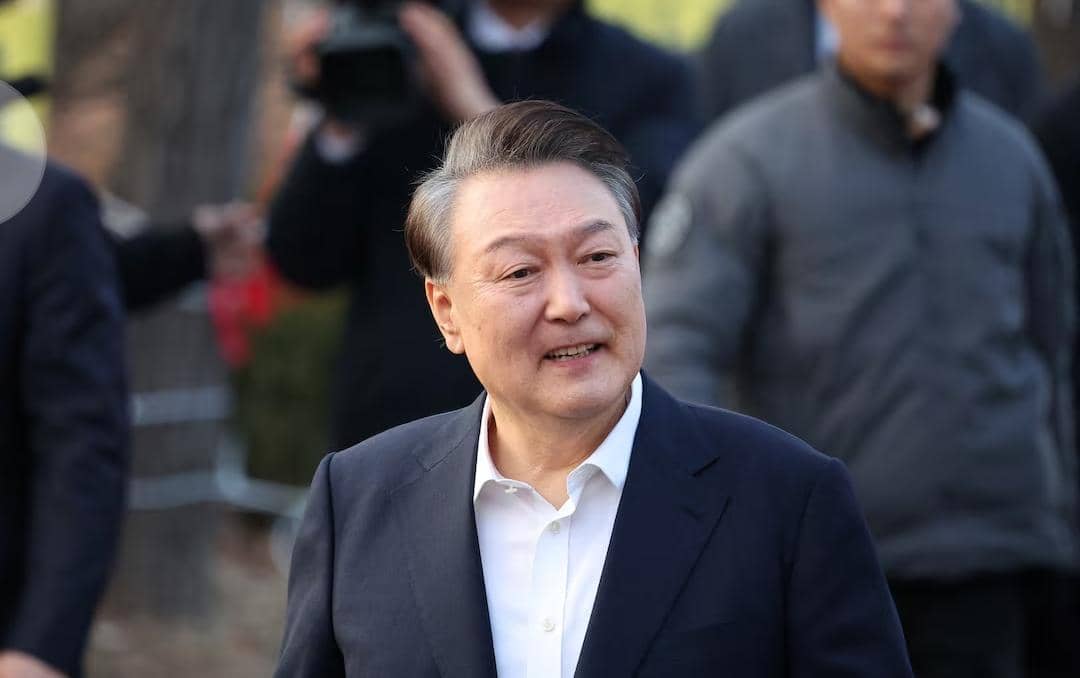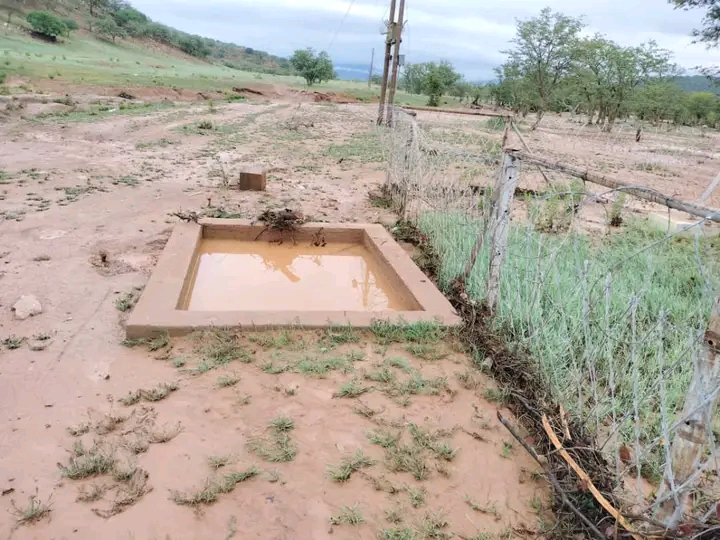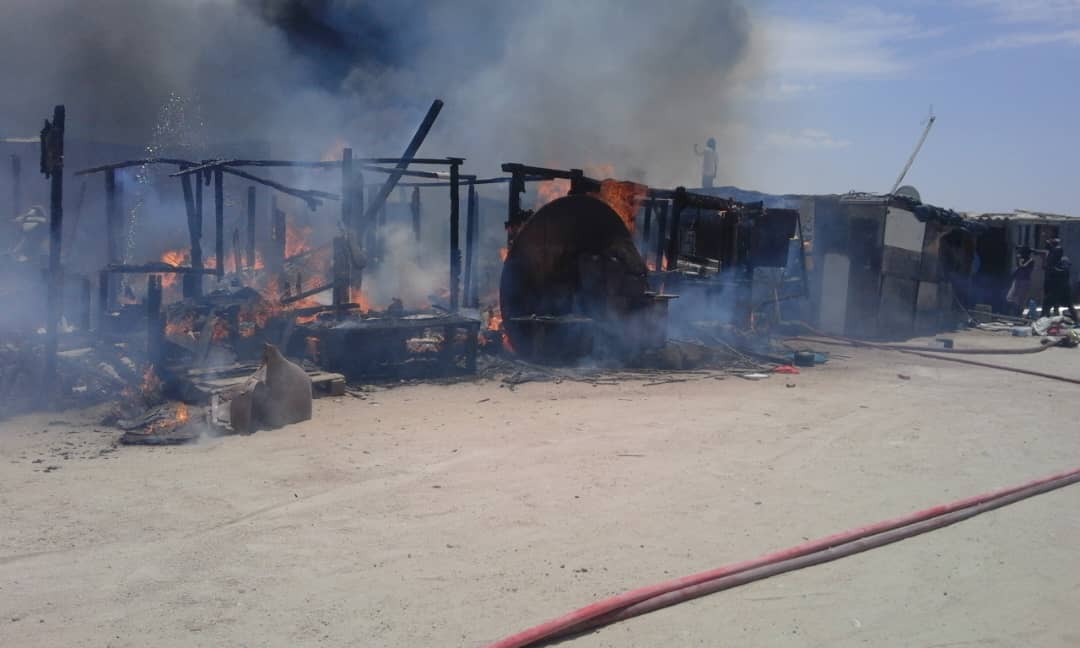NEW YORK – From the African bush to Indonesia’s shores, the number of wars worldwide has dropped to a new low, peace researchers report.
But the face of conflict is changing, they say, and free-for-all violence in such places as the Congo can defy their definitions. “To say conflict as a whole is in decline, I could not draw that conclusion,” said Caroline Holmqvist of Sweden’s Stockholm International Peace Research Institute.That institute’s newly released ‘Yearbook 2006’, drawing from data maintained by Sweden’s Uppsala University, reports the number of active major armed conflicts worldwide stood at 17 in 2005, the lowest point in a steep slide from a high of 31 in 1991.The Uppsala experts added one conflict to their list in 2005: the resurgent war that pits the four-year-old Afghan government and its US-led allies against fighters of the ousted Taliban.But they also subtracted three conflicts: those that ended in Rwanda, southern Sudan and Algeria, joining such other recent additions to the “peace” column as Liberia and Indonesia’s Aceh province.The deadliest war of 2005 was the complex conflict in Iraq, where estimates say a minimum of 50 000 people have been killed since the US-British invasion of 2003.The oldest conflict, dating to 1948, is the separatist struggle of the Karen people in Myanmar, or Burma.The 14 other major armed conflicts listed by Uppsala University for 2005 were in Burundi, Uganda and Sudan’s Darfur province in Africa; in Colombia and Peru in Latin America; the global US campaign against al Qaeda; in Turkey and in Israel and the Palestinian territories in the Middle East; in the Russian republic of Chechnya; and in Sri Lanka, India’s Kashmir region, Nepal and two insurgencies in the Philippines, all in Asia.Nepal’s government and Maoist rebels appear since to have reached a peace accord, but new flare-ups in Somalia and elsewhere in 2006 may counterbalance that possible gain for peacemaking.Scholars attribute war’s long decline worldwide to decades of historic trends:The era of decolonisation, wars of independence and resulting civil wars has faded.The end of the Cold War halted US-Soviet “proxy” wars like Angola’s of the 1970s and 1980s and enabled US-Russian co-operation on UN peacekeeping in the 1990s.Economic growth, especially in Asia, also quieted dissent that can produce wars.”Research shows that the difference between US$1 000 per capita income and US$5 000 per capita income is huge as far as the risk of war,” said Andrew Mack, Director of the University of British Columbia’s Human Security Centre, which did an in-depth analysis of world conflict.Mack and others point to “an explosion of international activism” as a key pacifying factor since the early 1990s – the peacemaking and peacekeeping diplomatic and military missions mounted by the United Nations and other multinational organisations, such as the African Union.As a result, major African conflicts dropped from 11 in 1998 to three in 2005.Despite this, Mack said, the “nature of media reporting” leads many people to believe war is on the rise.”If it bleeds, it leads,” he said of the media focus.”You automatically tend to report wars that break out.If conflict quietly peters out, nobody reports it.”Stockholm’s Holmqvist noted that war between nations has become a rarity.”War as ‘a continuation of politics by other means’ has been delegitimised over the past 50 years,” she said.But she added that more undefinable kinds of conflict are making headlines these days, “with a decentralised, fragmentary nature, without identifiable political agendas, often with no apparent leader”.She cited the example of the Democratic Republic of the Congo, where ethnic militias in the northeast have been “fighting each other in ways that are less easily defined or explained”.Holmqvist said even recent anti-police violence in Brazilian slums verges on the definition of armed political conflict.A “major” armed conflict, by the Uppsala definition, is one that causes at least 1 000 battle-related deaths in a year.The Canadian research group Project Ploughshares also tracks world conflict and applies a broader definition: Any conflict that causes 1 000 such deaths cumulatively.In its annual report this August, Project Ploughshares will list 32 armed conflicts for 2005, the same as in 2004, down from a high of 44 in 1995.”I think we’ve reached some kind of uneasy balance” of small wars erupting as others die down, said Ploughshares researcher Ken Epps.Monty Marshall, a US government consultant on global conflict, said he worries that years of optimism may come to an end as pressing international energy needs spawn violence in oil-rich lands, such as Nigeria, Sudan and Venezuela.”Anywhere there’s oil, there’s an increase in tension,” said Marshall, of Virginia’s George Mason University.In general, “we’re reaching a critical point in the downward trend,” he said.Too many peace agreements look temporary, “and lots of groups are rearming”.- Nampa-AP”To say conflict as a whole is in decline, I could not draw that conclusion,” said Caroline Holmqvist of Sweden’s Stockholm International Peace Research Institute.That institute’s newly released ‘Yearbook 2006’, drawing from data maintained by Sweden’s Uppsala University, reports the number of active major armed conflicts worldwide stood at 17 in 2005, the lowest point in a steep slide from a high of 31 in 1991.The Uppsala experts added one conflict to their list in 2005: the resurgent war that pits the four-year-old Afghan government and its US-led allies against fighters of the ousted Taliban.But they also subtracted three conflicts: those that ended in Rwanda, southern Sudan and Algeria, joining such other recent additions to the “peace” column as Liberia and Indonesia’s Aceh province.The deadliest war of 2005 was the complex conflict in Iraq, where estimates say a minimum of 50 000 people have been killed since the US-British invasion of 2003.The oldest conflict, dating to 1948, is the separatist struggle of the Karen people in Myanmar, or Burma.The 14 other major armed conflicts listed by Uppsala University for 2005 were in Burundi, Uganda and Sudan’s Darfur province in Africa; in Colombia and Peru in Latin America; the global US campaign against al Qaeda; in Turkey and in Israel and the Palestinian territories in the Middle East; in the Russian republic of Chechnya; and in Sri Lanka, India’s Kashmir region, Nepal and two insurgencies in the Philippines, all in Asia.Nepal’s government and Maoist rebels appear since to have reached a peace accord, but new flare-ups in Somalia and elsewhere in 2006 may counterbalance that possible gain for peacemaking.Scholars attribute war’s long decline worldwide to decades of historic trends:The era of decolonisation, wars of independence and resulting civil wars has faded.The end of the Cold War halted US-Soviet “proxy” wars like Angola’s of the 1970s and 1980s and enabled US-Russian co-operation on UN peacekeeping in the 1990s.Economic growth, especially in Asia, also quieted dissent that can produce wars.”Research shows that the difference between US$1 000 per capita income and US$5 000 per capita income is huge as far as the risk of war,” said Andrew Mack, Director of the University of British Columbia’s Human Security Centre, which did an in-depth analysis of world conflict.Mack and others point to “an explosion of international activism” as a key pacifying factor since the early 1990s – the peacemaking and peacekeeping diplomatic and military missions mounted by the United Nations and other multinational organisations, such as the African Union.As a result, major African conflicts dropped from 11 in 1998 to three in 2005.Despite this, Mack said, the “nature of media reporting” leads many people to believe war is on the rise.”If it bleeds, it leads,” he said of the media focus.”You automatically tend to report wars that break out.If conflict quietly peters out, nobody reports it.”Stockholm’s Holmqvist noted that war between nations has become a rarity.”War as ‘a continuation of politics by other means’ has been delegitimised over the past 50 years,” she said.But she added that more undefinable kinds of conflict are making headlines these days, “with a decentralised, fragmentary nature, without identifiable political agendas, often with no apparent leader”.She cited the example of the Democratic Republic of the Congo, where ethnic militias in the northeast have been “fighting each other in ways that are less easily defined or explained”.Holmqvist said even recent anti-police violence in Brazilian slums verges on the definition of armed political conflict.A “major” armed conflict, by the Uppsala definition, is one that causes at least 1 000 battle-related deaths in a year.The Canadian research group Project Ploughshares also tracks world conflict and applies a broader definition: Any conflict that causes 1 000 such deaths cumulatively.In its annual report this August, Project Ploughshares will list 32 armed conflicts for 2005, the same as in 2004, down from a high of 44 in 1995.”I think we’ve reached some kind of uneasy balance” of small wars erupting as others die down, said Ploughshares researcher Ken Epps.Monty Marshall, a US government consultant on global conflict, said he worries that years of optimism may come to an end as pressing international energy needs spawn violence in oil-rich lands, such as Nigeria, Sudan and Venezuela.”Anywhere there’s oil, there’s an increase in tension,” said Marshall, of Virginia’s George Mason University.In general, “we’re reaching a critical point in the downward trend,” he said.Too many peace agreements look temporary, “and lots of groups are rearming”.- Nampa-AP
Stay informed with The Namibian – your source for credible journalism. Get in-depth reporting and opinions for
only N$85 a month. Invest in journalism, invest in democracy –
Subscribe Now!










